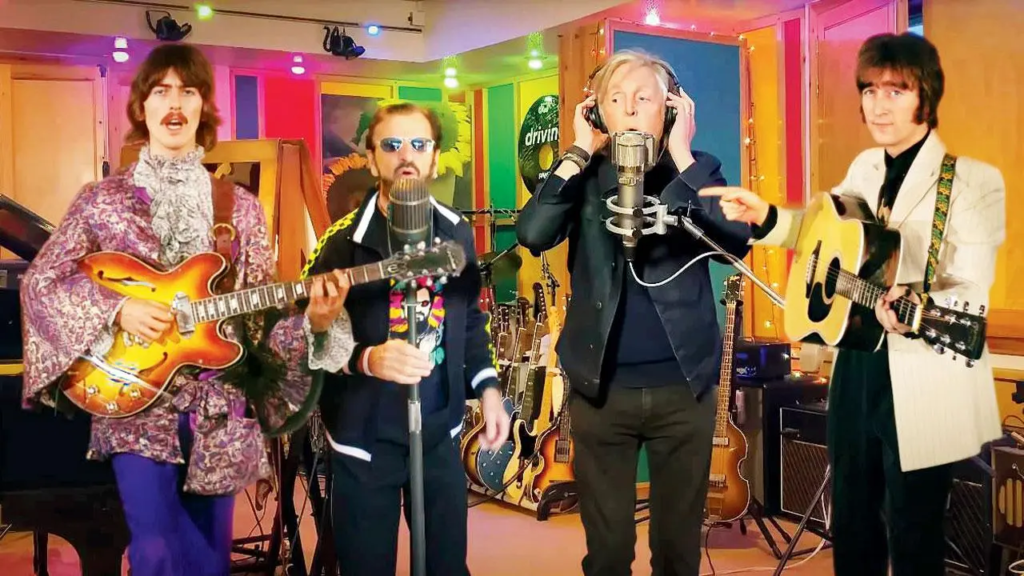The long-standing debates over the songwriting credits of iconic Beatles tracks could soon be put to rest, thanks to artificial intelligence (AI). A groundbreaking study by researchers at Harvard University has employed machine learning algorithms to help determine the true authorship of several Beatles songs, specifically focusing on the contributions of the songwriting partnership of Paul McCartney and John Lennon.
The Beatles’ songs, especially those penned by the duo, are famously credited under the joint “Lennon-McCartney” banner. However, many of these songs have long been the subject of disputes regarding who was the primary creative force behind them. In particular, tracks from the early years of The Beatles’ career—spanning from 1962 to 1966—have raised questions over the years, with some speculating whether a particular song was mainly written by Lennon or McCartney.
The researchers trained an AI system on hundreds of Beatles hits, using machine learning to establish a “musical fingerprint” for both Lennon and McCartney. This system was then tasked with analyzing a selection of eight songs, or fragments of songs, from the height of The Beatles’ early period, including tracks such as “A Hard Day’s Night,” “In My Life,” and “Ask Me Why.” These songs are considered pivotal in the ongoing discussion over the contributions of each member to the music.
One of the most high-profile cases in the study involved the song “In My Life,” which is often regarded as one of the greatest Beatles tracks. While the lyrics were written by John Lennon, Paul McCartney has long maintained that he was responsible for the music. This claim has been disputed by Lennon’s account, leading to ongoing disagreements over who should be credited with what. The AI analysis provided some intriguing findings: with 81.1 percent certainty, the system attributed the verse to Lennon, while McCartney’s influence on the bridge of the song was identified with 43.5 percent confidence. This finding aligns with Lennon’s own version of events, in which he acknowledged McCartney’s contribution to the middle-eight melody.
In other cases, such as “Baby’s in Black,” “The Word,” and “From Me to You,” the algorithm confidently attributed the music to McCartney with certainty levels as high as 97 percent. These findings offer strong support for McCartney’s assertions about his role in the songwriting process.
The AI system’s ability to dissect the nuanced influences of both Lennon and McCartney on these songs provides a clearer understanding of their collaborative methods. Not only does it shed light on the contributions of each artist, but it also allows for a broader view of how their songwriting styles evolved over time.
One notable insight from the study is that McCartney’s compositions tended to feature more complex musical structures and non-standard motifs, setting his songs apart from Lennon’s more straightforward style. This finding helps to clarify the distinct creative elements that defined each songwriter’s approach.
The research offers valuable insights not just into The Beatles’ songwriting, but also into the way AI can be used to untangle complex historical and artistic questions. It highlights how AI can be a useful tool in resolving long-standing debates, offering a more objective analysis of the music that shaped pop culture.
While these findings are fascinating, the study also reveals the collaborative nature of music creation, with AI proving to be a useful instrument in tracing the subtle influences that each songwriter brought to the table. The results may not change the official credits on the albums, but they provide a clearer picture of who shaped what in these musical masterpieces—potentially bringing closure to some of the most debated songwriting disputes in music history.





